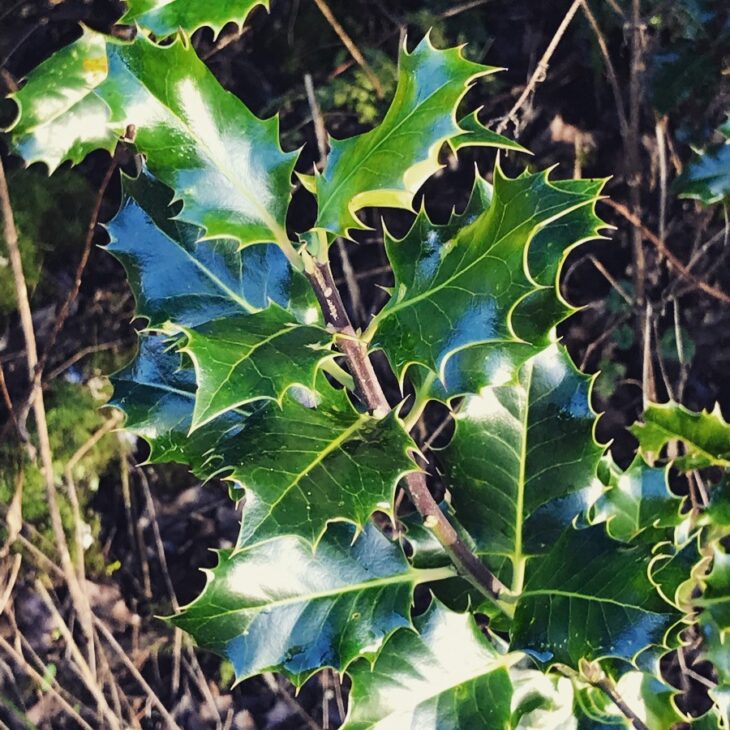Yule love our end of year blog!
,

Ah! Midwinter. The time of the year where we distract ourselves from the cold and dark by singing carols, sharing gifts and stuffing our faces with Christmas dinner. Somehow it just makes sense to throw a great big party in the bleak midwinter and it’s a tradition that’s been going strong for millennia, since long before there was even a Christmas.
Midwinter celebrations are not unique to Christianity. The Celts, the Romans and the Germanic tribes all honoured the Winter Solstice. You’ve probably heard of a Yule log but might be less familiar with the festival of Yule which was observed throughout much of pre-Christian Northern Europe. Nature had a special place of reverence for our ancestors, the sun was viewed as a wheel that turned the seasons and the old word “houl” meaning “wheel” is believed to be where the name “Yule” comes from. On the night of the Winter Solstice evergreens were brought indoors to symbolise rebirth, candles were lit and bells would be rung to herald the return of the sun. There was singing, dancing, decorating, feasting!
Sound familiar? But you might be surprised to learn that the early Church initially tried to ban these rituals but eventually gave in and compromised by creating a new feast day that honoured the birth of Jesus Christ. The spirit of Yule lives on through Christmas. Today we still sing, we still feast. We still hang up holly and mistletoe and we still light candles and ring bells but the meaning behind these rituals has been forgotten over time. So next time you’re enjoying a cup of mulled cider, raise a toast to the Winter Solstice and drink to our ancestors who brought us so many beloved festive traditions.
